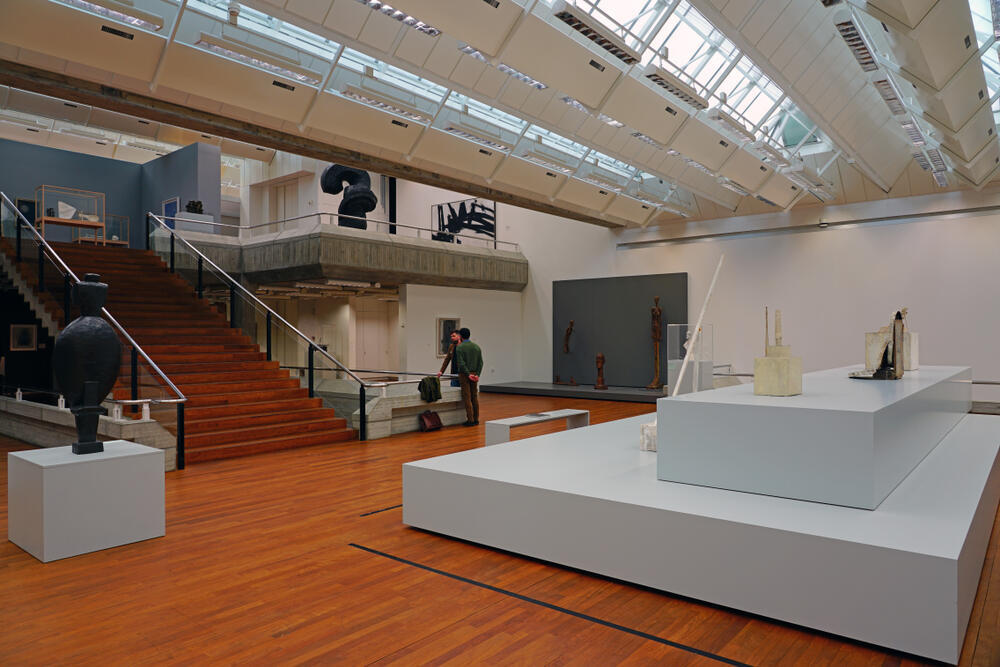Getting your Trinity Audio player ready...
Over two years after a significant controversy erupted, Zurich’s leading art museum, the Kunsthaus, has decided to remove five paintings from a prestigious exhibit. This decision follows growing suspicions that these artworks were stolen by the Nazis from their original Jewish owners. The removal of the paintings will now allow for a thorough investigation into their origins. The artworks include pieces by renowned artists such as Claude Monet and Vincent van Gogh.
A few years ago, serious doubts arose about the origins of paintings in the extensive and esteemed Emil Bührle Collection. Bührle, a Swiss citizen born in Germany, made his fortune as an arms dealer during World War II by selling weapons to the Nazis. The recent decision to remove some paintings follows new guidelines on handling many artworks that have yet to be returned to the descendants of their original owners, who were forced to sell them to the Nazis or had them stolen.
The five scrutinized artworks are "The Artist's Garden at Giverny" by Claude Monet, "Portrait of the Sculptor Louis-Joseph" by Gustave Courbet, "Portrait of Georges-Henri Manuel" by Henri de Toulouse-Lautrec, "The Old Tower" by Vincent van Gogh, and "The Climbing Path" by Paul Gauguin.
The board of the Emil Bührle Collection Foundation stated, "We are committed to finding a fair solution for these works with the legal heirs of the original owners." A sixth artwork by Édouard Manet is also under investigation by the foundation.
"In light of the historical circumstances surrounding the sale of this specific artwork, La Sultane, the foundation is willing to offer financial compensation to the heirs of Max Silberberg concerning the tragic fate of the original owner," the foundation reported. Silberberg was a Jewish-German industrialist who owned a significant art collection, which he was forced to transfer to the Nazis. The Nazis then sold the artworks from the collection at auctions. Silberberg was later murdered in the Auschwitz-Birkenau extermination camp during the Holocaust.
The Swiss newspaper, Neue Zürcher Zeitung, noted that there was extensive debate around Silberberg and whether the Nazis indeed forced him to sell this Manet artwork or if he did so voluntarily for economic reasons.
Earlier this year, more than 20 countries, including Switzerland, agreed on new guidelines from the U.S. State Department regarding the proper handling of art stolen by the Nazis. These new principles are crucial for families currently trying to locate and reclaim artworks stolen by the Nazi regime – as under current Swiss law, there is no possibility to claim compensation or the return of artworks in the vast Bührle collection due to the statute of limitations.
Stuart Eizenstat, the special advisor to the U.S. Secretary of State on Holocaust-related issues, said two months ago, after the publication of the new principles document, that he estimates "about 100,000 out of 600,000 paintings, and many more out of millions of books, manuscripts, works, and items of religious and cultural significance, were never returned."
By the time of Bührle's death in 1956, he had amassed over 600 artworks for his collection. A large part of them is managed by the foundation bearing his name and has been displayed at the Zurich Art Museum for several years under a 20-year loan agreement. The rest of the collection’s artworks are hanging in the homes of his descendants.
In October 2021, the Zurich Art Museum decided to open a new wing with an extensive exhibition of works from Bührle's collection. This sparked a public debate and criticism regarding the exhibition and how Switzerland should handle artworks suspected of being stolen.
While the Bührle Foundation and the museum insist none of the works were stolen from their original owners during the Holocaust, several historians argued the origins of the paintings remain unclear and require a thorough investigation, as there is a reasonable suspicion that some of the works belonged to Jewish families and art collectors.




